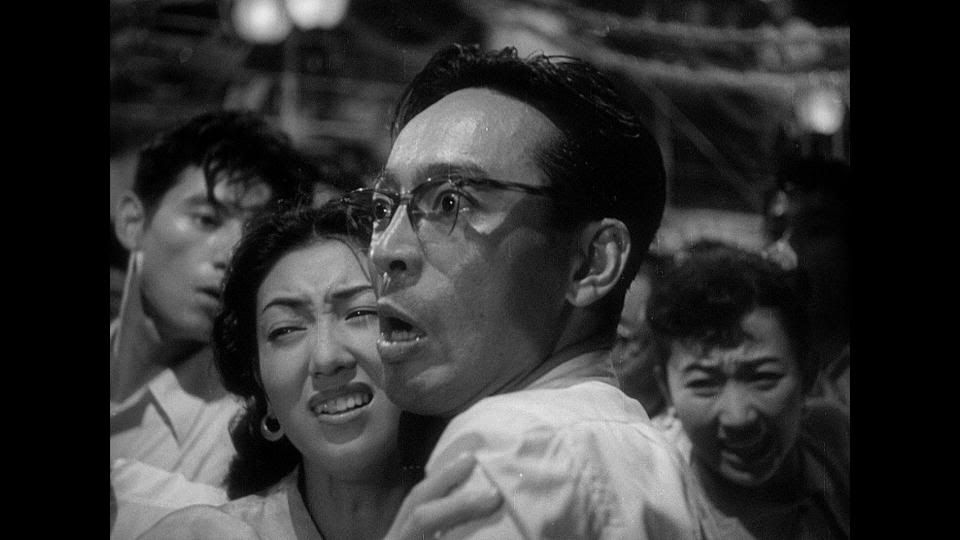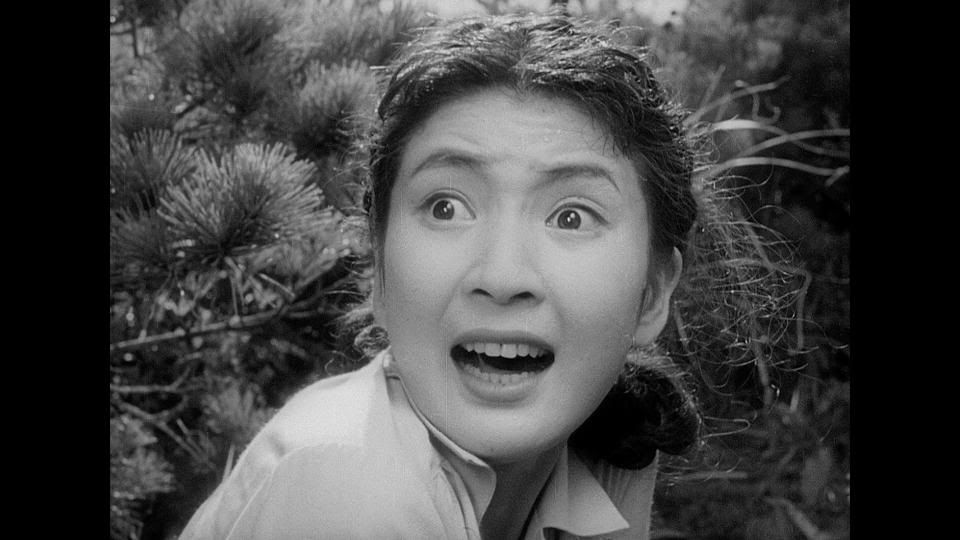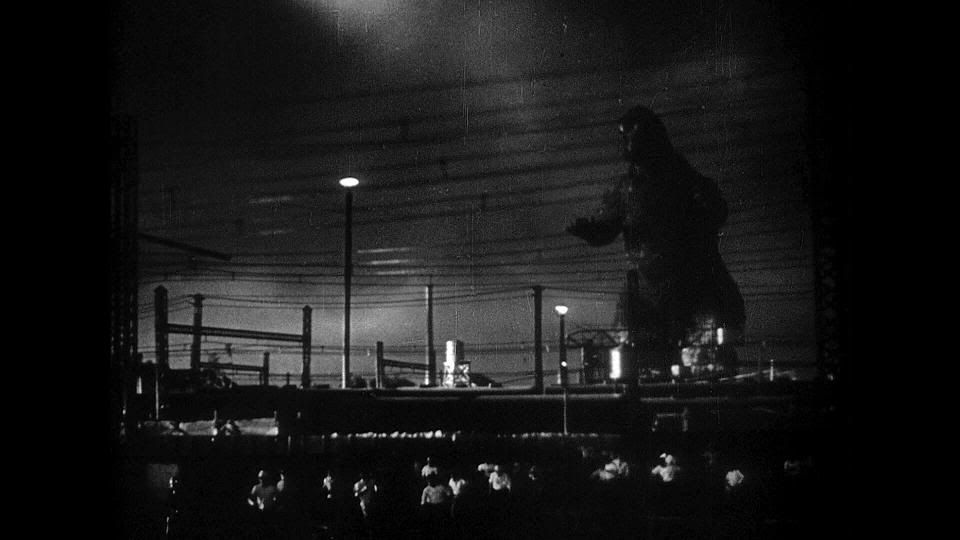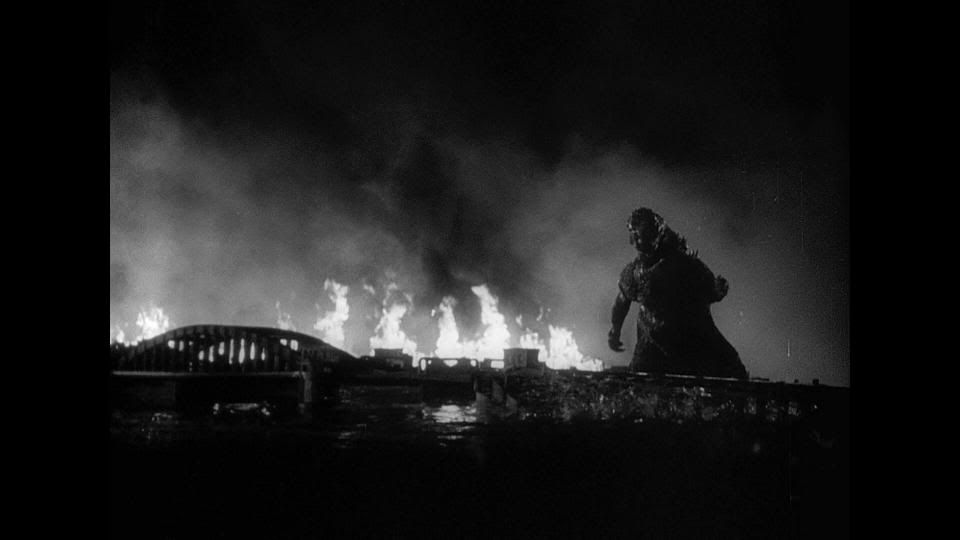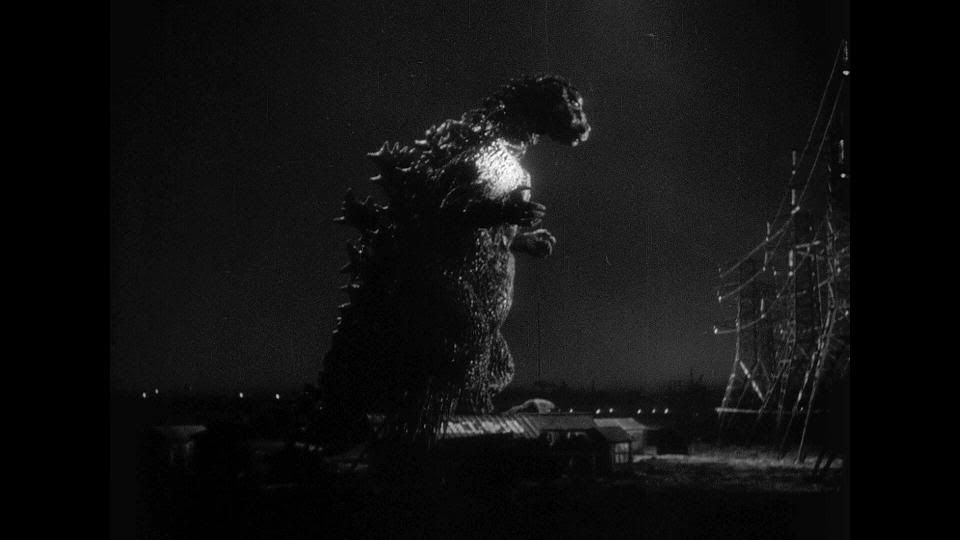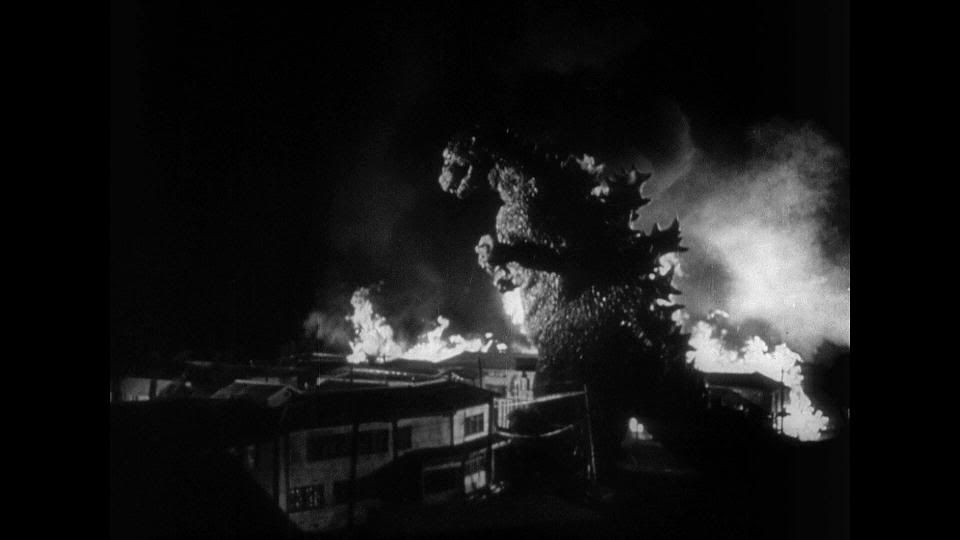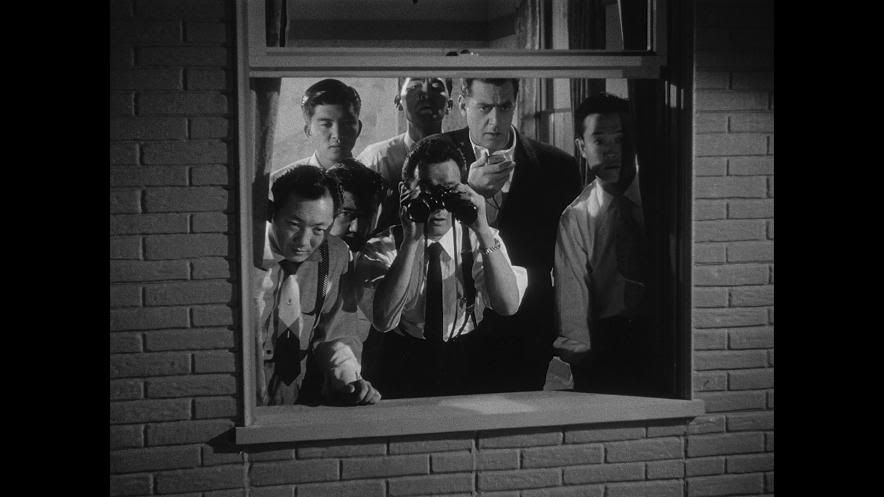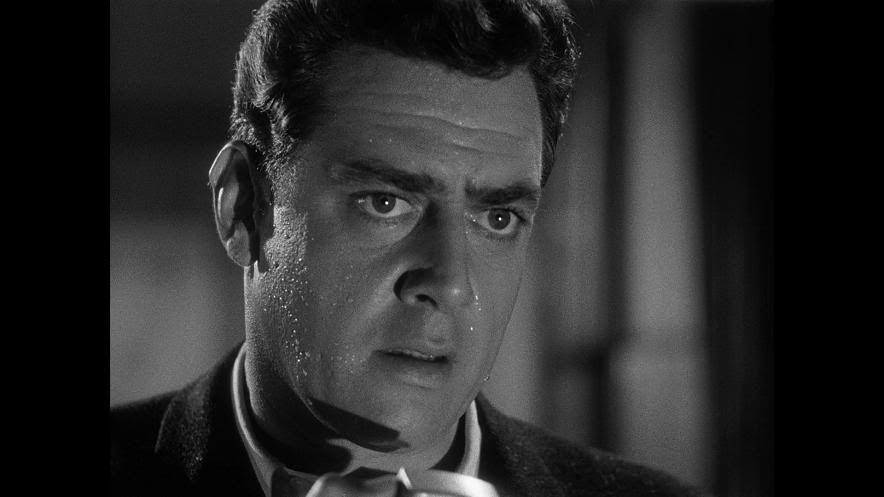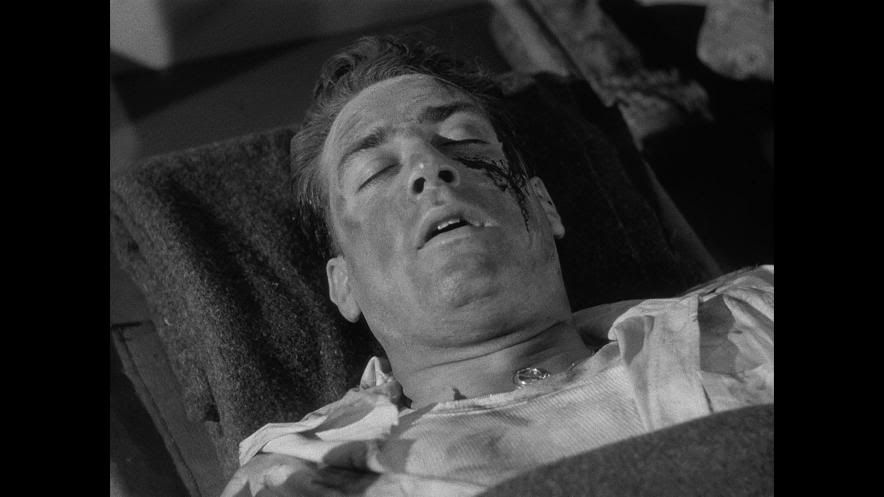Post by Erik Rupp on Feb 26, 2012 14:01:57 GMT -5
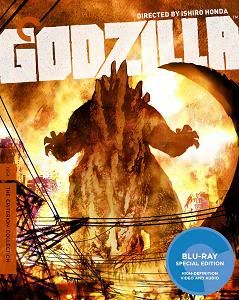
After several decades and over 20 sequels of varying quality (many geared mainly to kids) it's easy to forget that Godzilla started out as a very serious, somber movie that featured quite a bit of legitimate personal drama.
Godzilla, or Gojira (the actual Japanese name, which means, literally, gorilla-whale), was inspired by both a pair of movies as well as a pair of (then) current and fairly recent events that shook Japan to the core. As for the pair or movies, first, it was the re-relase of King Kong in Japan, and it was a huge hit. That was followed up by The Beast From 20,000 Fathoms, which was another box office blockbuster. Then, when faced with a need for a big budget movie, producer Tomoyuka Tanaka took his story idea from the headlines.
Making headlines less than a decade after the atomic bombs were dropped on Hiroshima and Nagasaki a Japanese fishing boat had strayed into waters near the testing ground for an Americn hydrogen bomb test. The fishermen were caught in the radioactive fallout and suffered from radiation poisoning. One of them died soon thereafter. That gave Tanaka an idea. What if there were some largely unknown creature in the ocean there that got caught in such a blast? What kind of mutation would be created? Combining this idea with the basic plots of both King Kong and The Beast From 20,000 Fathoms, Tanaka worked with writer Shigeru Kayama on an initial draft, but it was greatly altered when director Ishiro Honda and writer Takeo Murata took over the project.
Gojira would become an allegorical figure - a metaphor for the Atomic Bomb. Japan had been struck by not one, but two atomic bombs at the end of World War II when Hiroshima and Nagasaki were attacked. It was a pair of attacks that would haunt Japan's collective psyche for decades. Gojira would become the walking embodiment of an atomic bomb. The destruction he would level on the city would look almost exactly like an atomic bomb had been dropped on Tokyo. This would most decidedly not be a kids movie.
The desperation of family members to find out what has happened to the crew of two separate boats that have been (unknown to those family members) sunk by Gojira is presented in a very realistic way. They are panicked. They remember the Lucky Dragon #5 that got caught up in the nuclear test. They know that the lives of those on board are in great jeopardy if those crewmen are alive at all. Director Ishiro Honda, a friend and occasional collaborator with legendary director Akira Kurosawa, does a great job of creating an atmosphere of dread. It's a somber tone, with alternating moments of wonder, joy, and horror.
There's a wonderfully poingant moment where a train passenger, in utter frustration, notes aloud that she had survived Nagasaki and now had to face a similar unthinkable horror again.
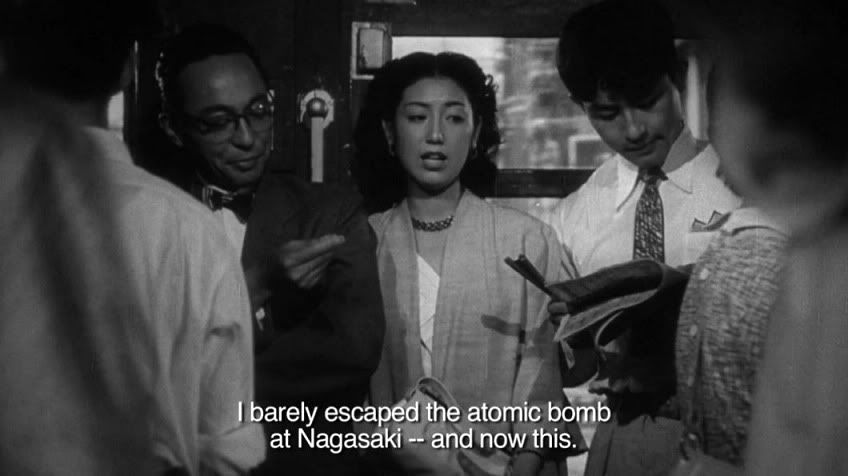
The main characters in the film are a paleontologist played by legendary Kurosawa actor Takashi Shimura, his daugher, Emiko, her boyfriend Ogata (a salvage specialist with the fishing company whose boats are missing), and her fiancee, the noted scientist Dr. Serizawa. Their character arcs end up playing vital roles in the fate of Japan in the face of an enemy unlike any it has ever known (outside of the atomic bombs from just nine years earlier).
Dramatically, Gojira is a solid movie with some well written characters. They may not be fleshed out as well as the characters in a classic like Seven Samurai, but the script is solid from a character standpoint. Interestingly, the character details that the script handles so well are the little ones like the reporter doing a live radio broadcast froma tower in Tokyo that is about to be destroyed by Gojira. The dialogue written for him is extremely dramatic. He knows he's going to die, but he refuses to try and escape. He continues his duties as a reporter up until the end when he merely says, "Goodbye."
As for the special effects, the producers and director quickly decided that stop motion was out (although there are a couple brief stop motion sequences in the film), and that they would use a man in a suit instead. To make that work they had to create some fantastic miniatures of Tokyo and have matte artists create some amazingly realistic background paintings to make the whole thing work.
The suit looks great, and the city set is phenomenal. There are some shots where you can't tell where the real city ends and the miniatures begin. There are other shots using matte paintings where it's extremely hard to tell what is really there and what is a painting. The detail to which they worked was amazing.
Director Ishiro Honda decided to have all of Gojira's attacks occur at night. In this way it makes those attacks look even more realistic. Much like film noir directors and cinematographers using low lighting with lots of shadows to hide cheap sets, Honda used darkness to enhance the realism of the sets.
The processed shots with Gojira in the background and real people in the foreground often look spectactular - like a newsreel. And there is one shot filmed at high speed and played back at normal speed that makes Gojira look like a huge hulking beast in the way he moves.
Ultimately, it is only the hand puppet that they used for close-ups of Gojira's head that looks fake. It doesn't match the face of the suit very well, and the movements look like that of a hand puppet. Had they done a better job with the puppet the film would have been nearly flawless visually for the time. As it is there is a lot to like about the look of the movie, and in 1954 it must have looked amazing to the audiences of the day.
Gojira (1954) is nothing short of a dark, somber, epic. It is not a kids film in any way. It is a film about man's self-destructive nature, and the consequences of developing nuclear weapons.
When American studios saw the movie there were dollar signs lighting up in their eyes. The Beast From 20,000 Fathoms had been a big hit, and this looked like another winner in that genre. The problem for those studios, though, was the Japanese actors and dialogue. If they merely dubbed the film into English would it sell? Or would an all Japanese cast hurt the film at the box office?
The decision was made to radically re-edit the film. The tone would still be dark, but not nearly as dark. A lot of the personal interaction between the Japanese characters would be edited out and scenes with an American reporter would be inserted in their place. American actor Raymond Burr would play newspaper reporter Steve Martin who was stopping off in Tokyo on his way to Cairo. He intends to visit his old friend, Dr. Serizawa (one of the main Japanese characters), but the mysterious sinking of the ships by Godzilla (as he would be called in the American version) interrupt those plans.
Director Terry Morse deftly filmed Burr's scenes (that also included Japanese-American actor Frank Iwanaga playing Japanese security officer Iawanaga) for this version. Morse and director of photography Guy Roe did a fantastic job of matching up sets, backgrounds, and costumes/clothing to the corresponding scenes in the original Japanese version. The editing of these shots into the Japanese film was done extremely well as most of it is seamless. Morse and Roe impeccably matched up the photographic style of their shots to the style of the original, making the insertion of these shots almost perfectly seamless (almost).
The American version would be done in a documentary style, with Burr narrating as the reporter. Some of the Japanese dialogue would remain in Japanese with security officer Iwanaga acting as an interpreter. This method of handling much of the Japanese dialogue was a stroke of near genius in it's simplicity. Martin's Japanese is, "Rusty," and he needs help interpreting what many of the characters are saying, and in this way the viewing audience is given translations without the need for constant dubbing. The only dubbing in the movie occurs when Martin is talking directly to characters like Dr. Yamane or his daughter, Emiko, or for the scenes where Martin and Iwanaga are not around.
While the American version (Godzilla, King of the Monsters) doesn't have the depth of character or the depth of meaning that the original Japanese version did, it is still a very entertaining movie, and is actually a leaner, meaner monster movie. It holds up better as a monster movie than the Japanese version, even if it isn't as good overall. Raymond Burr took the job very seriously (so much so that he reprised his role thirty years later in Godzilla 1985), and his performance is quite good. He was a true professional, and his portrayal of Steve Martin helps sell this version of the movie.
As for Criterions Blu Ray they have done a magnificent job. Both the original 1954 Gojira and the 1956 Godzilla, King of the Monsters are included on the disc. The 1956 American version is listed as a bonus feature (one heck of a bonus feature!), but it is there in it's entirety.
Both versions of the film have been cleaned up and look better than they have since the 1950's. Most dust and debris has been removed, cleaning up the image quite a bit (previous versions were loaded with speckles). The sharpness and image detail is better than ever as well. The only downsides are the scratches on the source material (mostly during processed shots, although some straightforward man in a suit shots have some scratches as well as that section of the original negative or print must have been used many times over for various reasons), and the overall darkness of the Japanese version. Yes, the Japanese version is supposed to be dark, but in a few of the shots it is hard to see Gojira unless you turn up the brightness on your TV. The previous DVD from Classic Media that featured the Japanese version also suffered from excessive darkness, so that's likely a result of the original intent by Ishiro Honda.
Still, both versions of the movie look better than any home video release previously available. Actually, the Criterion edition probably does look better than anything American audiences have seen when it comes to this movie since the 1950's. Nothing short of a big budget digital restoration could be better. They have done that good of a job with the movie.
And they have included several interviews and some nice bonus features that make this the definitive home video version of Gojira/Godzilla King of the Monsters.
Even if you own a previous version of this movie if you're a fan this is a, "Must have," release.
4.5/5


